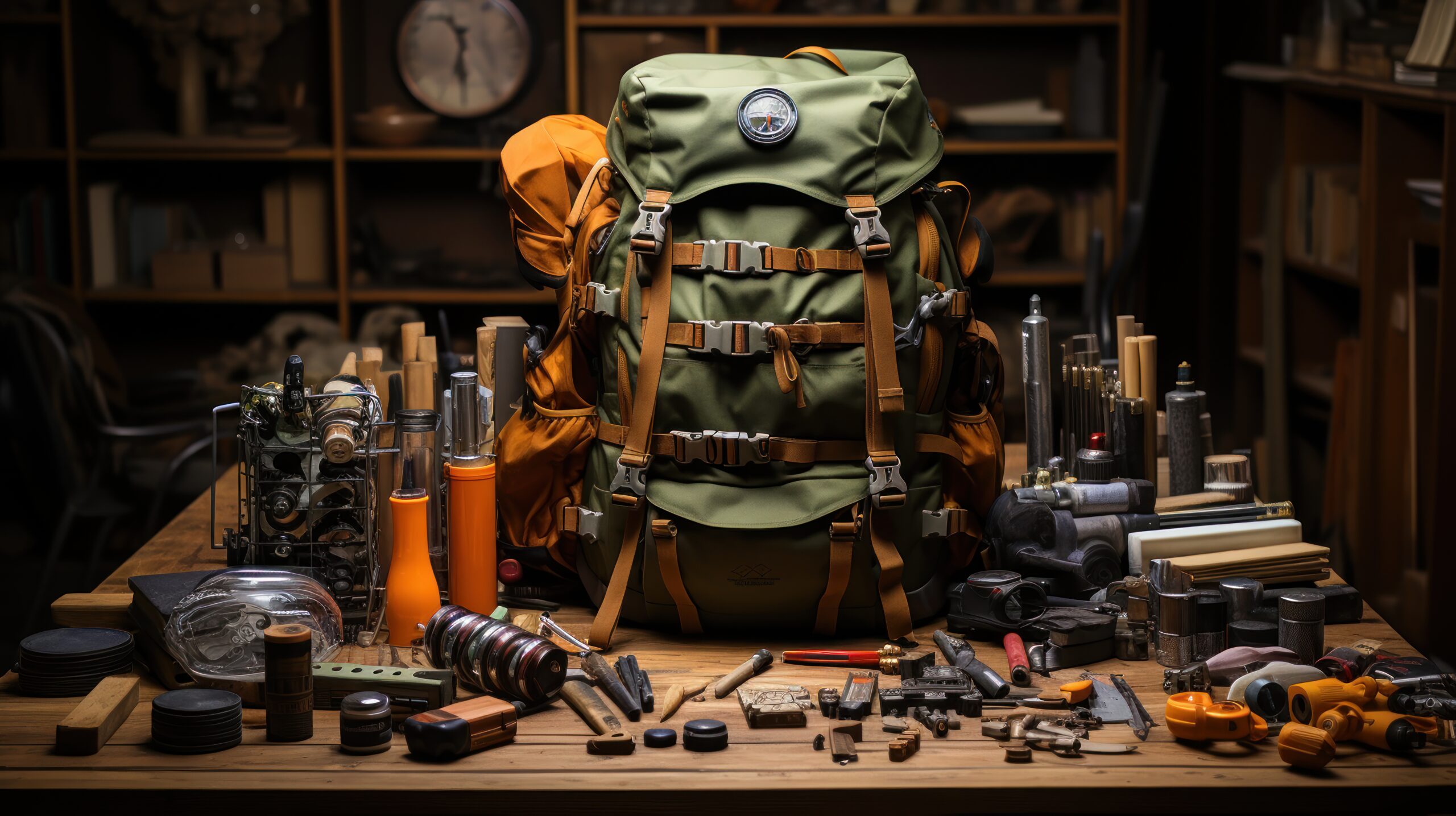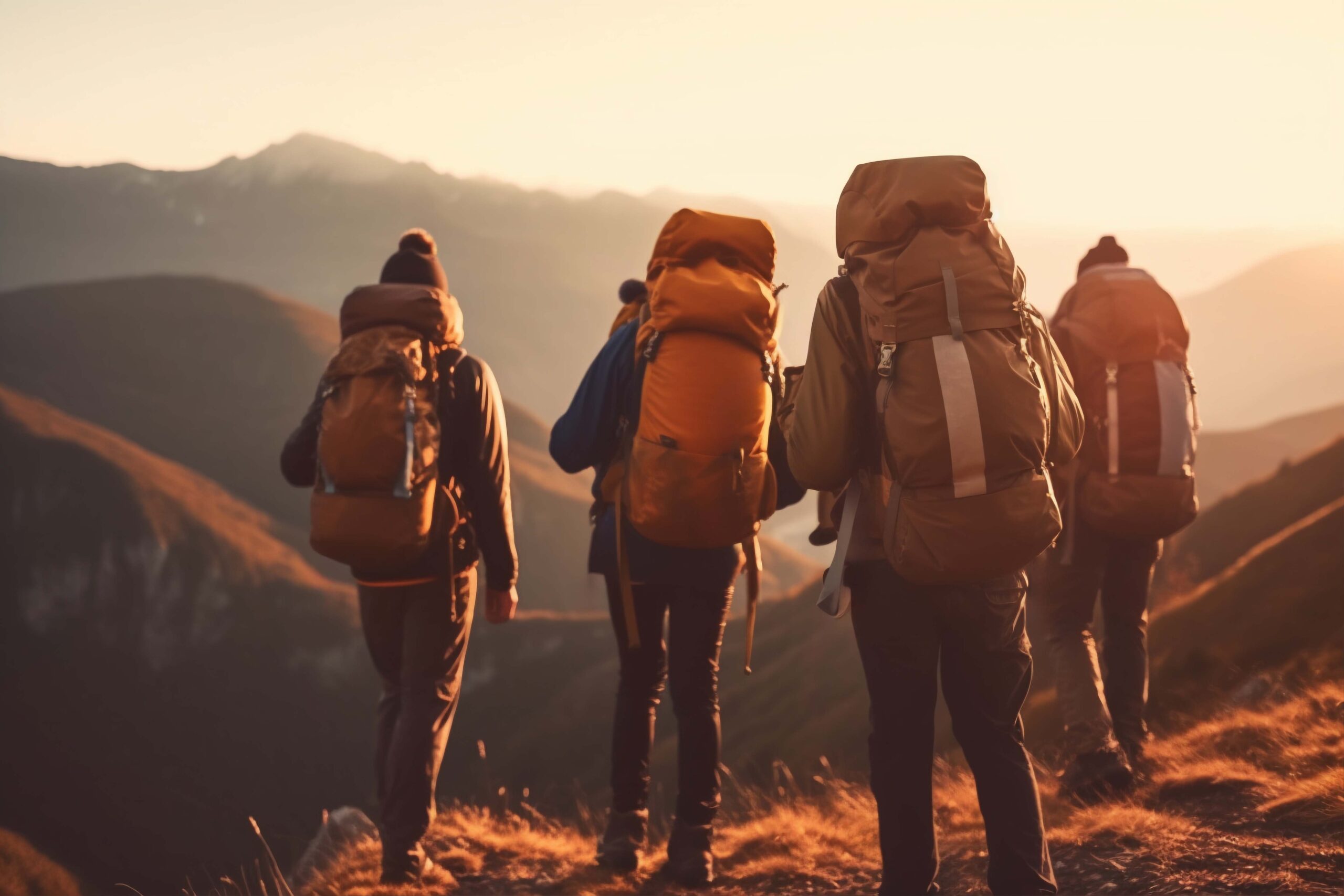Trekking gear plays a crucial role in ensuring your trekking adventure is comfortable, safe, and enjoyable. Embarking on a trekking adventure can be exhilarating, but having the right gear is essential to make the most of your journey. Whether you’re a beginner preparing for your first trek or an experienced trekker looking to refine your packing list, this guide will walk you through the essentials. From packing essentials to choosing the right backpack, here’s everything you need to know to gear up for your next adventure.
Packing Essentials for a Trek
Packing for a trek can feel overwhelming, but keeping it simple and functional is the key. Here’s a checklist of the essentials you’ll need:
Clothing
- Base Layers: Moisture-wicking tops and bottoms to keep you dry.
- Insulation Layers: Fleece or down jackets for warmth.
- Outer Layers: Waterproof and windproof jackets and pants.
- Trekking Pants and Shirts: Lightweight, quick-dry options.
- Accessories: Gloves, hats, and buffs for added protection.
Footwear
- Trekking Boots: Sturdy, waterproof, and well-broken-in boots.
- Trekking Socks: Wool or synthetic socks to prevent blisters.
- Camp Shoes: Lightweight shoes for relaxing at campsites.
Sleeping Gear
- Sleeping Bag: Rated for the temperatures you’ll encounter.
- Sleeping Pad: For added comfort and insulation.
Hydration and Nutrition
- Water Bottles or Hydration Bladder: Carry at least 2-3 liters.
- Water Purification: Tablets, filters, or UV purifiers.
- Snacks: Energy bars, trail mix, and dried fruits.
Personal Items
- First Aid Kit: Include bandages, antiseptic, and medications.
- Toiletries: Biodegradable soap, toothbrush, and sunscreen.
- Trekking Poles: Adjustable poles to reduce strain on knees.
Navigation and Safety
- Map and Compass: Or a GPS device as backup.
- Headlamp: With extra batteries.
- Multi-tool or Knife: For various needs.
Need help picking the right gear? Contact us for expert advice!

Gear and Equipment Basics
Investing in quality trekking gear is essential for your comfort and safety. Here are some basic items you should prioritize:
Footwear
Your boots are arguably the most critical piece of trekking gear. Look for a pair that offers:
- Ankle Support: To prevent injuries on uneven terrain.
- Water Resistance: For wet or snowy conditions.
- Good Grip: Vibram soles or similar for traction.
Pro Tip: Always break in your boots before the trek to avoid blisters.
Clothing Layers
Layering is the secret to staying comfortable during treks. It allows you to adjust to changing weather conditions quickly.
- Start with a moisture-wicking base layer.
- Add an insulation layer for warmth.
- Finish with a waterproof outer layer to protect against rain and wind.
Trekking Poles
These are often overlooked but can make a significant difference, especially on long treks or steep descents. Look for poles that are:
- Adjustable in height.
- Lightweight yet durable.
- Equipped with comfortable grips.

Choosing the Right Backpack
Your backpack is the cornerstone of your trekking gear. A poorly chosen pack can lead to discomfort and even injury. Here’s how to select the perfect one:
1. Capacity
- Day Treks: 20-30 liters is sufficient for essentials.
- Multi-Day Treks: Opt for 50-70 liters to accommodate clothing, sleeping gear, and food.
- Expedition Treks: 70+ liters for carrying specialized equipment and extra supplies.
2. Fit and Comfort
- Torso Length: Choose a pack that matches your torso size.
- Hip Belt: Should sit snugly on your hips to transfer weight.
- Shoulder Straps: Padded and adjustable for a custom fit.
Pro Tip: Visit a store and try on backpacks with weights to test their comfort and fit.
Explore guided trekking tours with An Altitude!
3. Features to Look For
- Compartments: Multiple compartments for easy organization.
- Water Resistance: Waterproof material or a rain cover.
- Hydration Compatibility: Space for a hydration bladder.
- Ventilation: Mesh back panels to reduce sweating.
4. Weight
- Lightweight backpacks are ideal, but ensure they’re durable enough to handle your load.
5. Brand Recommendations
- Trusted brands include Osprey, Deuter, and Gregory for their comfort and durability.
Final Thoughts
Packing the right trekking gear and equipment can make or break your adventure. Prioritize quality and functionality, and remember that preparation is key to enjoying the journey. If you’re gearing up for your next trek, check out our detailed packing lists and gear recommendations at An Altitude. Visit www.analtitude.com for expert advice and guided tours tailored to your needs.
Start your trekking journey with confidence and let the mountains inspire you!

